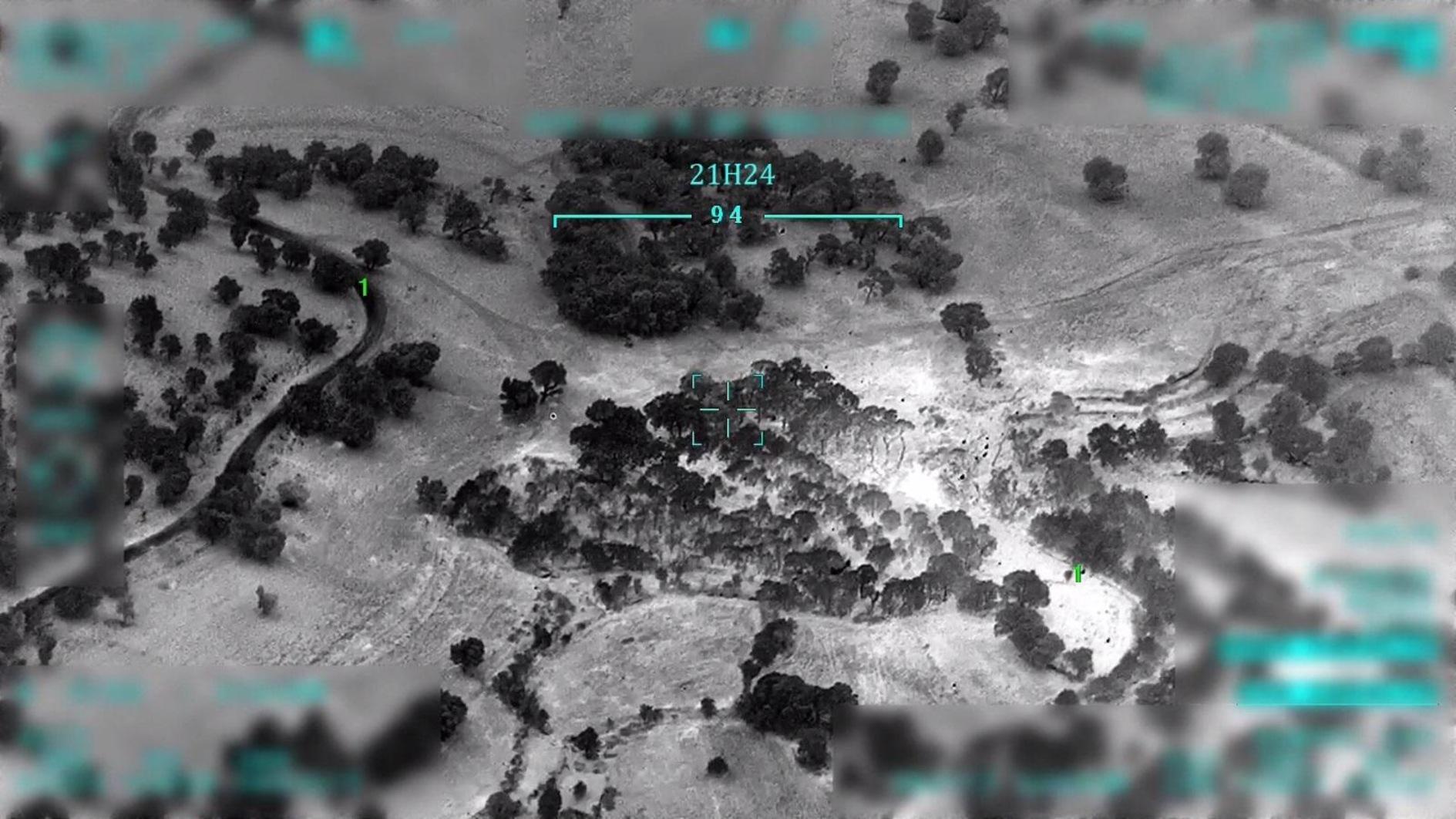How to build a minaret
Niki GAMM

Traditionally, mosques would only have one minaret unless it was an imperial mosque built by the sultan.
Tall, cylindrical, square, squat, attached to the wall of a mosque, a medrese (school), or a ziggurat – the minaret over the centuries has become thoroughly identified with Islam. No one exactly knows the origin of the minaret, although all agree that it originated in the Middle East. One theory proposes that it originated from the fire towers in Iran. Another suggestion is that the minaret is modeled on the Lighthouse at Alexandria, Egypt, one of the wonders of the ancient world. Yet another possible source of inspiration are the stylites, the ascetic Christians who lived on tops of columns. The earliest and best known of these characters was Simeon Stylites who lived on top of a column in Syria for 37 years in the middle of the 5th century. Most of these ascetics lived in the Syria-Palestine area.The first minarets associated with Islam occur in 673, four decades after the Prophet Mohammed lived and preached, although some sources suggest a later date. In his time the call to prayer was sounded from rooftops, so the idea of building a tower to summon the faithful to the mosque for prayers is from time to time considered un-Islamic, but it became an almost inseparable part of Islamic religious architecture over the years. How a minaret was built was determined by the local culture. The Seljuks built the earliest minarets in Anatolia, bringing with them the forms they learned in their original homeland in Central Asia as they moved through the Iranian area to Anatolia. These minarets had stone bases and brick shafts. Bursa, which served as the first Ottoman capital, still has minarets of this type such as the one at the Timurtaş Mosque.
 The minaret in classical Islamic mosques consists of nine elements: the foundation, base, transitional segment, cylindrical body, balcony, the upper part of the minaret body, spire, stairs, and end ornament, which is usually a bronze crescent moon in Turkey. The height of the two minarets at the Süleymaniye Mosque in Istanbul, which seem to be the highest ones, measure 76 meters. The foundation is usually made of thick stone and may be attached to the wall of the mosque. The base of the minaret may change according to the wishes of the builder. The great Ottoman architect, Mimar Sinan, seems to have preferred square bases, although he could have used polygonal bases with up to 16 sides, which was the preferred number in Ottoman times.
The minaret in classical Islamic mosques consists of nine elements: the foundation, base, transitional segment, cylindrical body, balcony, the upper part of the minaret body, spire, stairs, and end ornament, which is usually a bronze crescent moon in Turkey. The height of the two minarets at the Süleymaniye Mosque in Istanbul, which seem to be the highest ones, measure 76 meters. The foundation is usually made of thick stone and may be attached to the wall of the mosque. The base of the minaret may change according to the wishes of the builder. The great Ottoman architect, Mimar Sinan, seems to have preferred square bases, although he could have used polygonal bases with up to 16 sides, which was the preferred number in Ottoman times. The outer facade of the Minarets
The cylindrical bodies were made of brick or dressed stone, a combination of the two or wood, probably because they almost all had hollow interiors so that the man who sounded the call to prayer could ascend to one of the balconies. Only a few, such as the ziggurat-like minaret at Samarra and the Ahmed Ibn Tulun Mosque in Cairo, have stairs to climb the minaret on the outside. Both date from the 9th century AD. The later mosques and minarets of Timbuktu in Mali, made of dried mud, are entirely different in concept. During the Ottoman period, the preference was to use küfeki, a type of sandstone that was particularly durable and could be dressed easily, for example the minarets with 16 flutes.
Sometimes a temporary measure might be taken such as in May 1453 when Fatih Sultan Mehmet conquered Constantinople. One of his first acts was to turn the church of St. Sophia into a mosque and ordered a wooden minaret to be added to the church to let people know that it had been converted into a mosque. This, along with three more, were later built out of stone.
Traditionally, mosques would only have one minaret unless it was an imperial mosque built by the sultan. So, we see that Istanbul’s main mosques such as Süleymaniye have four. That was when six minarets were built at Sultan Ahmet’s mosque such a furor was created.
The amusing tale of how the architect escaped being punished for disobedience is related in a brand new Scala publication, “Sultanahmet and Süleymaniye” by Tarkan Okçuoğlu and Ahmet Vefa Çobanoğlu. “One claims that Sultan Ahmed ordered Sedefkar Mehmed Agha to build minarets of gold. The architect knew this was impossible, but to avoid challenging the ruler directly, he erected six minarets. Later, when the sultan asked why his order had not been implemented, Mehmed Agha replied that he had misunderstood and constructed six (altı) minarets instead of making them out of gold (altın).”
Another complaint about the Sultanahmet mosque concerned the reaction of pious believers who saw the six minarets as something akin to sacrilege. It was popularly believed that none of the mosques in Mecca had so many, so Sultan Ahmet was therefore inflating his mosque above those in the holy city. But this was a protest out of ignorance, as there were already mosques with six and seven minarets there in Mecca.
The inside architecture
The staircases in minarets are usually made of stone, but they could also be of wood. They are made in such a way that they “nest,” in other words the two or three spiral staircases leading to the balconies fit one inside the other, a complicated architectural solution. To hold the stairs and the sides together in such a way that they won’t collapse in an earthquake or severe windstorm, molten iron was poured into pre-cut hollows within the stones. When the molten iron cooled, it served to clamp the pieces together. The system worked well so much so that engineers today are again considering using it, given the collapse of many minarets in modern times.
The mortar used was called “Horasan mortar,” taking its name from Horasan in Iran. This is a water-proof mortar that includes brick, stone, sand, ash, lime and water. It was used in Anatolia before the Ottomans and is still in use today. As Horasan mortar was waterproof, it was used in aqueducts, bridges, cisterns and baths.
The balconies on the minarets are often richly decorated as they gave the architects and workers a chance to express their artistic ability. The openwork railings on the Sultanahmet Mosque around the balconies are some of the finest examples of stone art work in Istanbul. The spires are made of wood covered with lead.
You may not want to climb up the staircase of a minaret yourself. It’s dark inside and, if you don’t already know whether you are claustrophobic, you quickly find out. For a vicarious experience, however, read the HDN article (27/2/13) that Wilco van Herpen wrote about climbing inside a minaret at the Selimiye Mosque in Edirne.
















